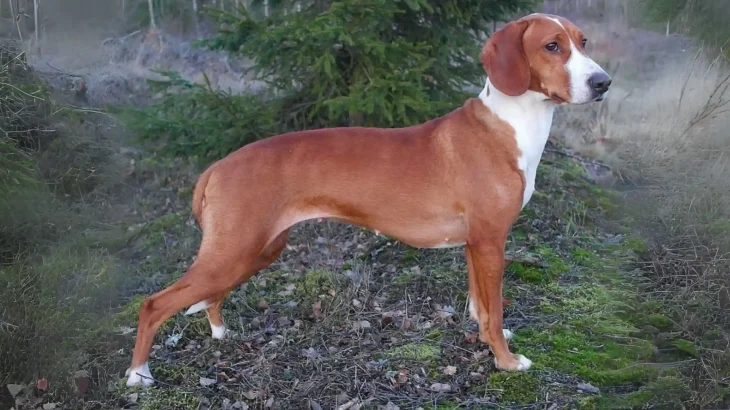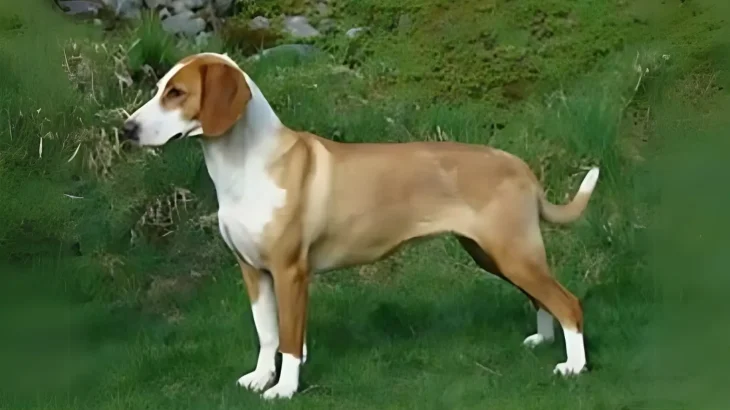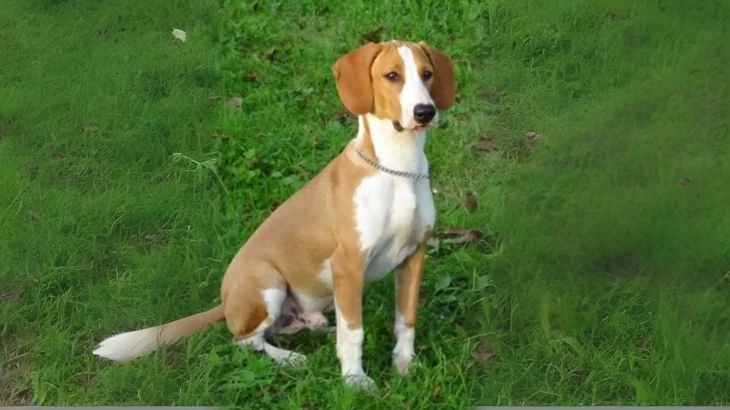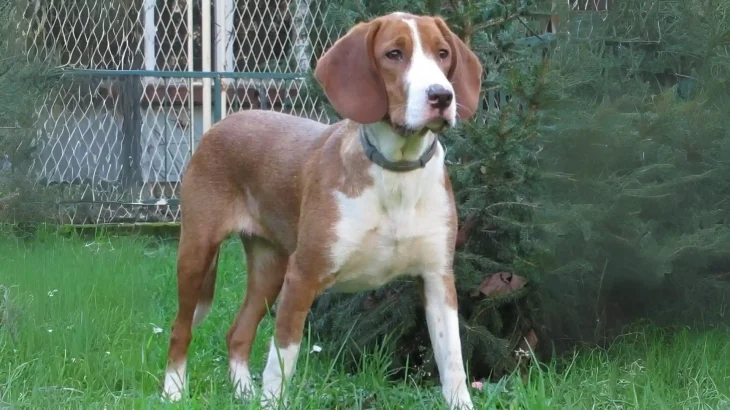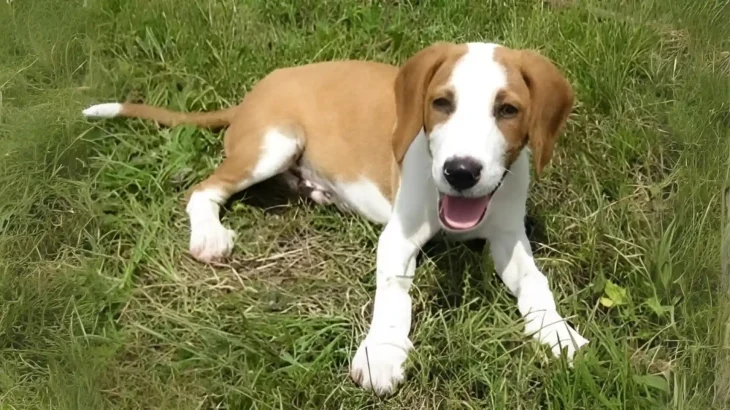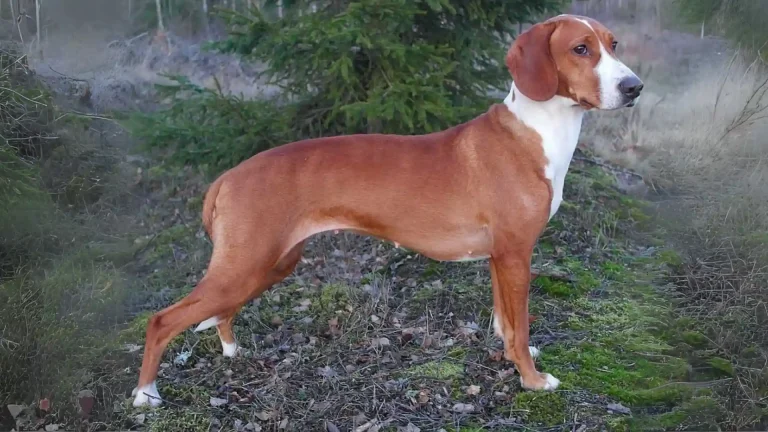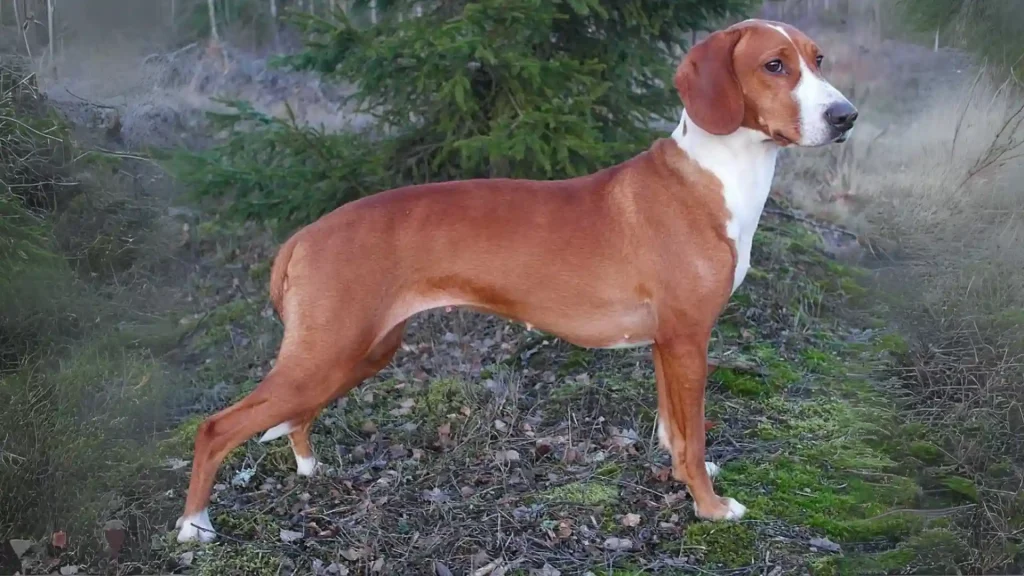Deciding whether to buy or adopt a Posavac Hound puppy involves weighing the certainty of breed purity against the chance to rescue a dog in need. Purchasing from a breeder often guarantees pedigree and detailed health insights, while adoption offers a compassionate alternative with varied backgrounds. Both routes have unique benefits and challenges worth considering.
| Criteria | Buying from Breeder | Adopting from Shelter/Rescue |
|---|---|---|
| Cost | Generally higher due to pedigree and breeding costs. | Lower fees, more affordable for giving a dog a home. |
| Health History | Typically detailed with genetic screening and breeder records. | May be limited or unknown; basic checks usually performed. |
| Age Availability | Usually puppies available, allowing you to raise them from the start. | Various ages including adults and seniors, offering more seasoned companions. |
| Temperament Insight | Breeders provide insights based on lineage and experience. | Shelter staff offer observations, but full background may be unclear. |
| Supporting Practices | Supports preservation of breed standards and official breeding programs. | Supports animal welfare by preventing euthanasia and giving dogs a second chance. |
| Ethical Considerations | Important to ensure breeder is ethical and responsible. | Promotes responsible pet ownership and reduces shelter overcrowding. |

